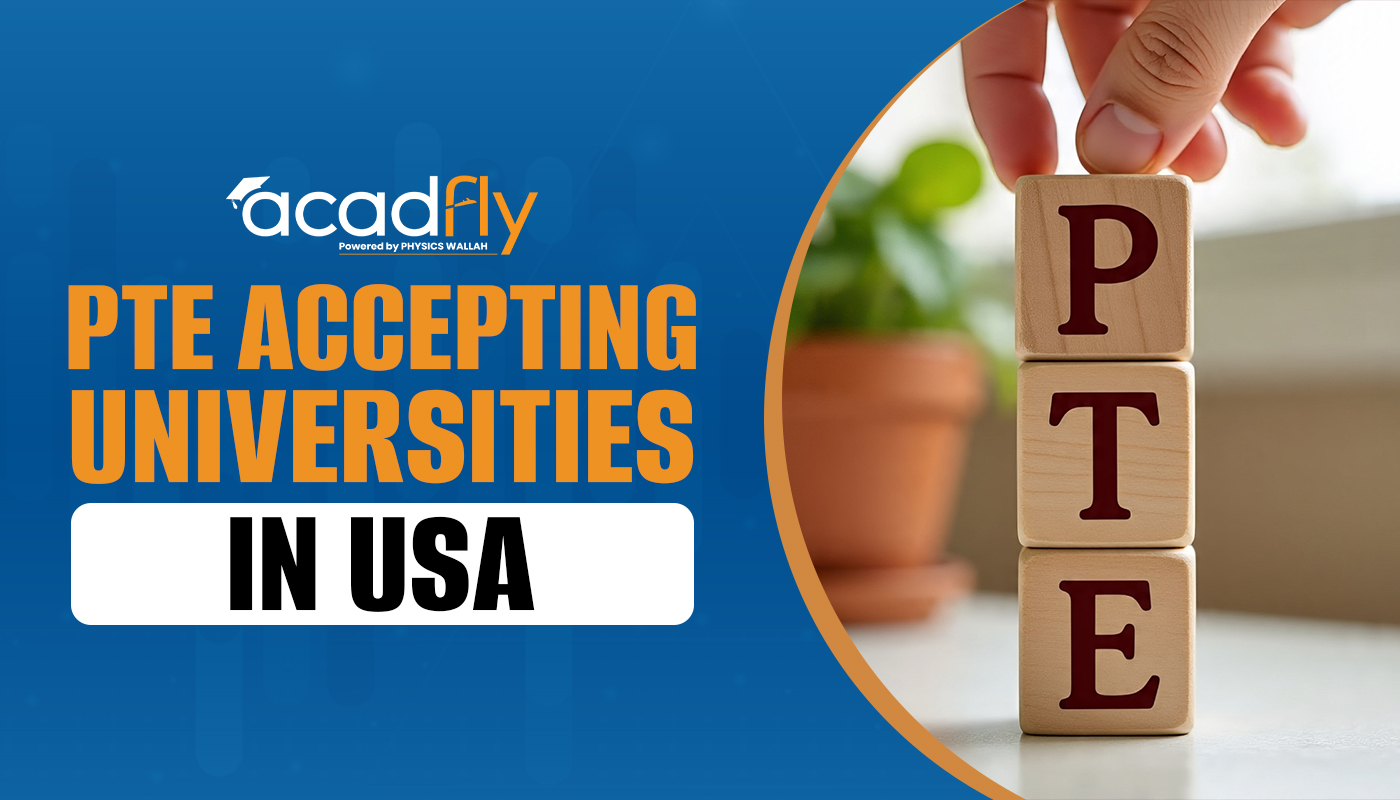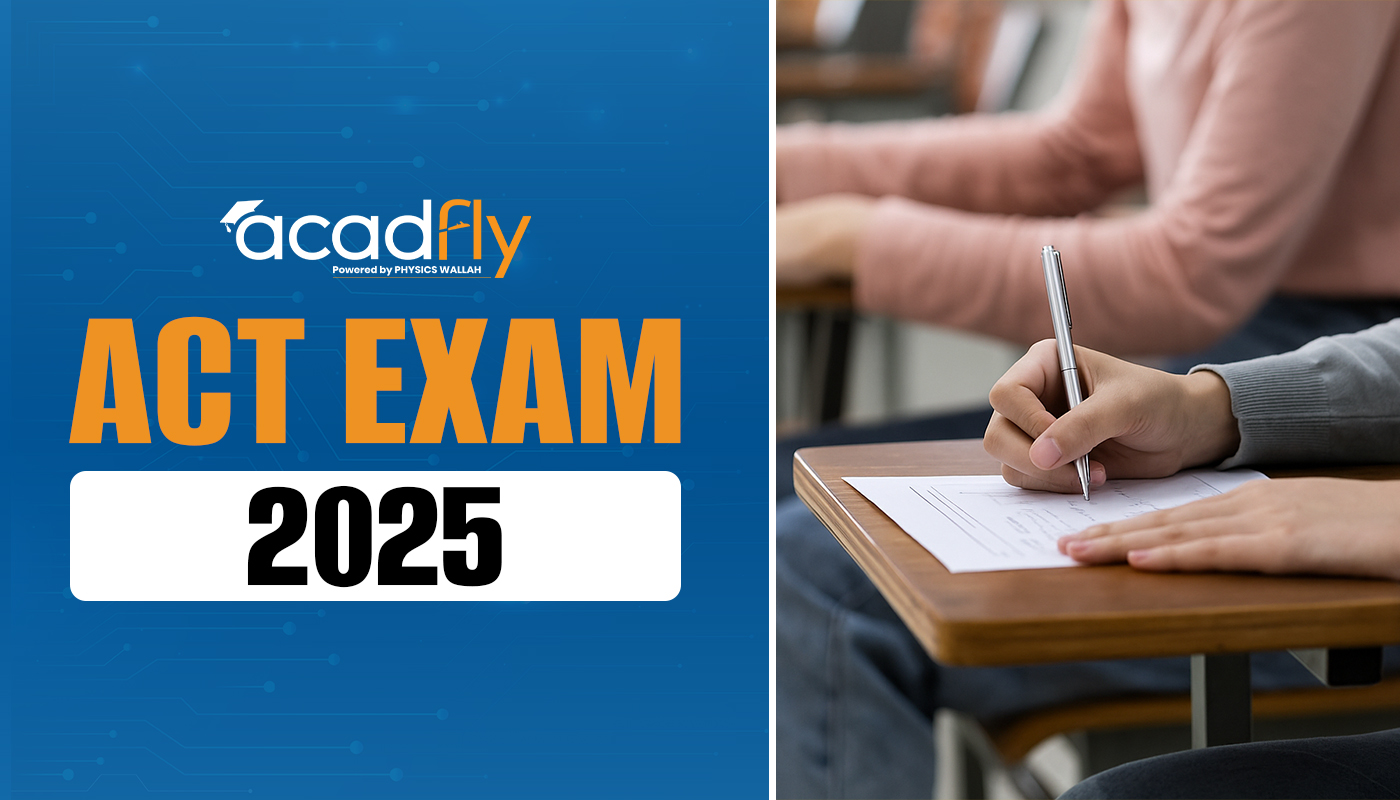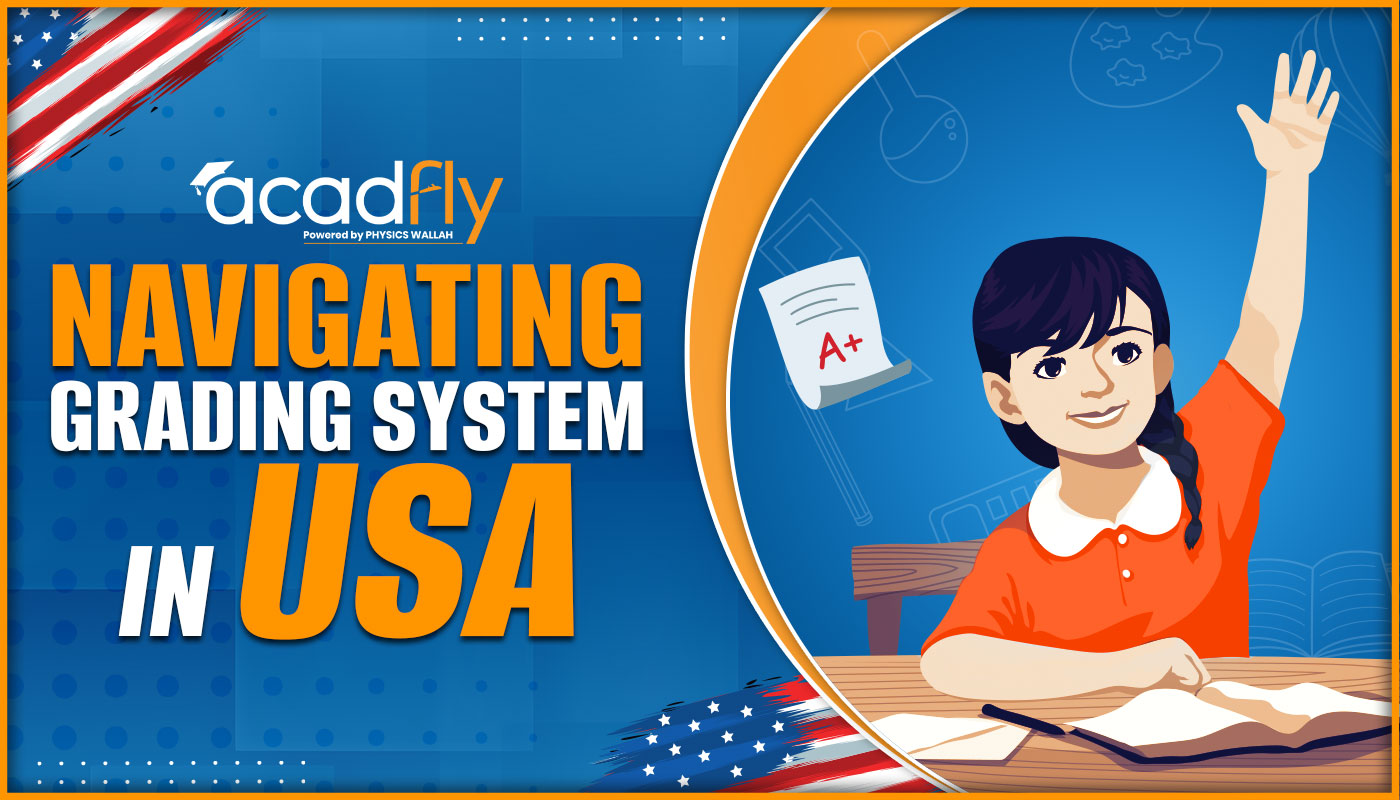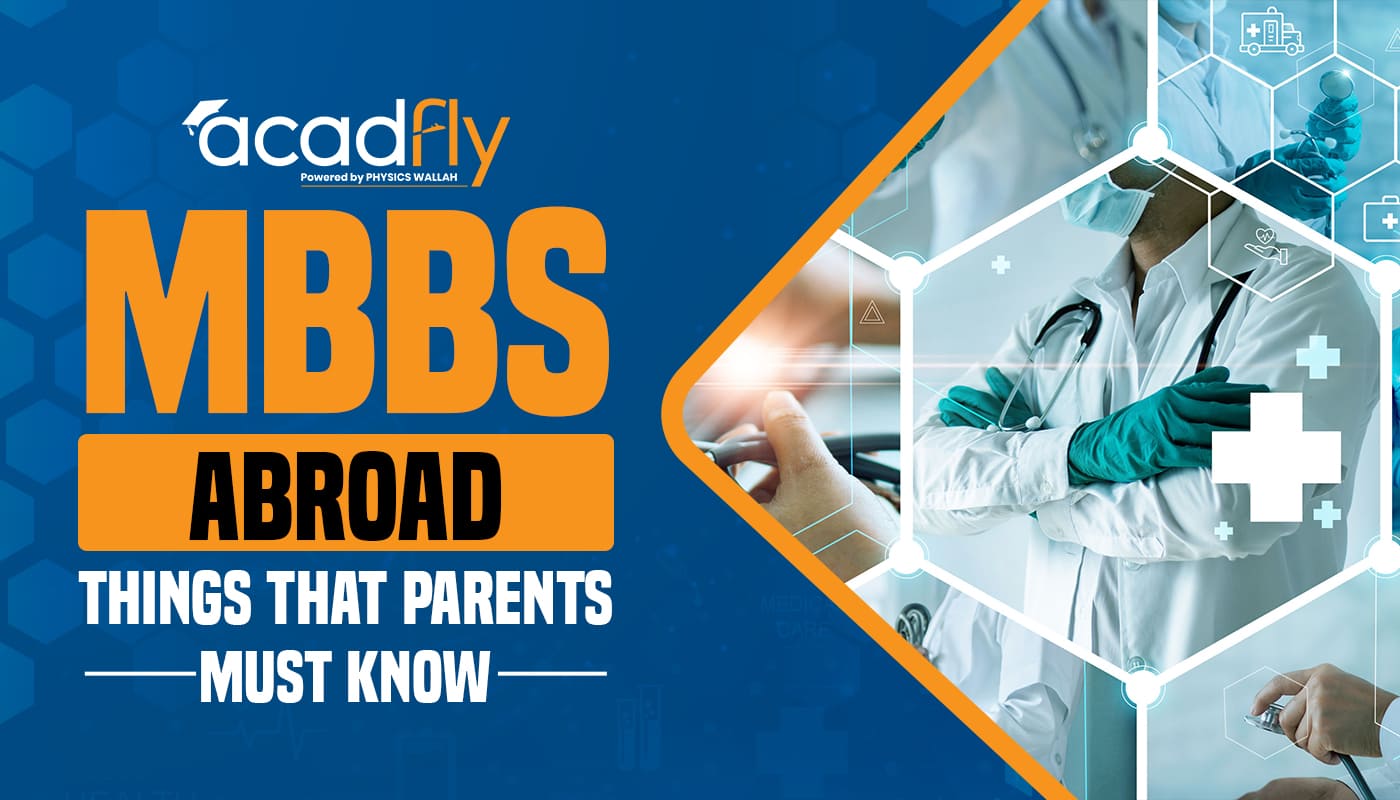
Navigating the job market after graduation can be challenging, especially for international students. In the US, various work opportunities for international students can help you gain valuable experience and advance your career. This introduction will provide an overview of the options available to you, including Optional Practical Training (OPT), work permits, and the broader US job market for graduates. Understanding these opportunities will help you make informed decisions about your post-graduation plans and maximize your chances of securing employment in the US.
Exploring Jobs After Graduation in the US
Finding a job after graduation involves careful planning and strategic efforts. For international students, exploring jobs after graduation in the US can be a key step in launching your career. Here’s a detailed look at each point:
1. Utilize Your Optional Practical Training (OPT)
Optional Practical Training (OPT) allows international students to work in the US for up to 12 months after graduation in their field of study. This work experience is essential for gaining practical skills and enhancing your resume. Make sure to apply for OPT before graduating and adhere to the application deadlines to take full advantage of this opportunity.
2. Leverage Career Services at Your University
University career services provide resources and support for job searching. Utilize services such as resume reviews, interview preparation, and job placement assistance. Attend job fairs and networking events organized by your university to connect with potential employers and learn about job opportunities.
3. Research Companies with Sponsorship Opportunities
Seek out employers known for sponsoring work visas, as they are familiar with the process and requirements. Research companies in your field that have a history of hiring international students and offering visa sponsorship. This can increase your chances of securing a job that aligns with your career goals and visa needs.
4. Network with Alumni and Professional Organizations
Connecting with alumni from your university can provide valuable insights and job leads. Join professional organizations and attend industry events to expand your network. Networking can help you discover job openings and gain advice from those already established in your field.
5. Stay Updated on Visa Regulations and Requirements
Understanding visa regulations is crucial for maintaining your legal status while working. Stay informed about any changes in visa policies and ensure you comply with all requirements. This knowledge will help you navigate the job search process and avoid any potential issues with your visa status.
Understanding OPT and Post-Grad Jobs
When considering employment options after graduation, understanding how Optional Practical Training (OPT) can intersect with post-grad job opportunities is crucial. OPT offers international students a chance to gain practical experience in their field of study, which can significantly impact their career trajectory. Here's a comparison of OPT and post-grad jobs to help clarify how they relate and what to expect:
|
Aspect |
OPT |
Post-Grad Jobs |
|
Eligibility |
Available to F-1 visa holders who have completed their studies. |
Open to all graduates with appropriate work authorization. |
|
Duration |
Up to 12 months; STEM graduates can apply for a 24-month extension. |
Varies based on job type, contract terms, and employer policies. |
|
Field of Work |
Must be directly related to the student's major field of study. |
Can be in any field, but often relates to the graduate’s area of study. |
|
Application Process |
Requires submitting Form I-765 to USCIS and waiting for approval. |
Involves job applications, interviews, and offer acceptance. |
|
Visa Status |
Maintains F-1 status while employed under OPT. |
Requires a valid visa or work permit; OPT can be part of this if applicable. |
|
Employer Requirements |
Employers must comply with OPT regulations, including reporting to SEVIS. |
Employers must follow general labor laws and visa regulations if applicable. |
|
Impact on Career |
Provides practical experience and can improve job prospects in the US. |
This can lead to long-term employment opportunities and career growth. |
|
Extensions and Changes |
STEM graduates can extend OPT by 24 months; changes in employment must be reported to SEVIS. |
Jobs can be permanent or temporary; visa status changes may require new work permits or visas. |
Navigating the US Job Market for Graduates
Navigating the US job market as a recent graduate can be challenging, but with the right approach, you can find valuable opportunities. Understanding the job market and knowing how to position yourself effectively is key to your success.
Firstly, it's important to research the job market in your field of interest. Different industries have varying demands, and understanding these trends will help you target your job search. Look for sectors that are growing and have a high demand for skills you possess. This information can often be found through industry reports, job boards, and networking with professionals in your field.
Networking plays a crucial role in finding job opportunities. Building connections with alumni, attending industry events, and joining professional organizations can open doors to potential job leads and provide valuable advice. Networking helps you learn about job openings that may not be advertised publicly and can also give you insights into company cultures and hiring processes.
Tailoring your resume and cover letter for each job application is also important. Highlight the skills and experiences that match the job description and demonstrate how you can contribute to the company. Customizing your application materials increases your chances of getting noticed by employers and securing interviews.
Lastly, prepare for interviews by practicing common questions and researching the company thoroughly. Understand their values, recent projects, and industry position. Being well-prepared will help you confidently answer questions and show that you are a good fit for the company. Effective preparation and a targeted job search strategy can significantly enhance your chances of finding a job in the US job market.
Employment Opportunities After Studies in the US
After completing your studies in the US, exploring various employment opportunities can set the stage for a successful career. Understanding your options and how to navigate the job market will help you make informed decisions about your future. Here are key points to consider:
Explore Optional Practical Training (OPT)
OPT allows international students to work in their field of study for up to 12 months after graduation. This opportunity provides valuable work experience and helps you build a professional network in the US job market. Be sure to apply for OPT before your graduation date to take full advantage of this benefit.
Apply for H-1B Work Visas
If you secure a job with an employer willing to sponsor you, you can apply for an H-1B work visa. This visa allows you to work in specialty occupations related to your field of study for up to three years, with the possibility of extension. Research employers who have a history of sponsoring international employees.
Look into STEM OPT Extension
If you graduated with a degree in a STEM (Science, Technology, Engineering, Mathematics) field, you may qualify for a 24-month STEM OPT extension. This additional time allows you to gain more experience and enhance your skills, making you more competitive in the job market.
Consider Internships and Fellowships
Internships and fellowships offer hands-on experience and can sometimes lead to full-time positions. Many companies and organizations provide these opportunities specifically for recent graduates, helping you to gain practical experience and make industry connections.
Utilize Career Services and Job Portals
Many universities offer career services to assist graduates in finding employment. Use these resources, including job boards and career counseling, to find job openings and receive guidance on your job search strategy. Additionally, explore online job portals and professional networking sites to expand your search.
International Student Work Permits in the US
Understanding work permits is crucial for international students seeking employment in the US after graduation. Securing the right work permit ensures that you can legally work and gain valuable experience. Here are key points about international student work permits in the US:
1. Optional Practical Training (OPT)
OPT allows international students on F-1 visas to work in their field of study for up to 12 months after graduation. This work permit helps you gain practical experience and apply what you’ve learned in a real-world setting. Ensure you apply for OPT before graduation and comply with all reporting requirements.
2. STEM OPT Extension
Students with degrees in STEM fields (Science, Technology, Engineering, Mathematics) can apply for a 24-month extension of their OPT. This extension provides additional time to work and gain experience, further enhancing your skills and job prospects in the US.
3. H-1B Visa
The H-1B visa is a non-immigrant visa allowing US employers to temporarily employ foreign workers in specialty occupations. If you find a job with an employer willing to sponsor you, this visa can be a pathway to longer-term employment. The application process involves a lottery system and specific deadlines.
4. J-1 Exchange Visitor Visa
The J-1 visa is for individuals participating in exchange programs, including internships and training programs. This visa allows you to work in your field of study for a limited time, usually up to 18 months, depending on the program. Ensure you meet all program requirements and understand the visa’s conditions.
5. Employment Authorization Document (EAD)
An EAD is a work permit card that proves your eligibility to work in the US. For OPT and certain other visa types, you will need to apply for and receive an EAD from USCIS. This document is essential for legally working and must be renewed if your work authorization period is extended.
Frequently Asked Questions
1. What is Optional Practical Training (OPT)?
2. Can STEM graduates extend their OPT?
3. How can I get an H-1B visa?
4. What is the J-1 visa used for?
5. What is an Employment Authorization Document (EAD)?










